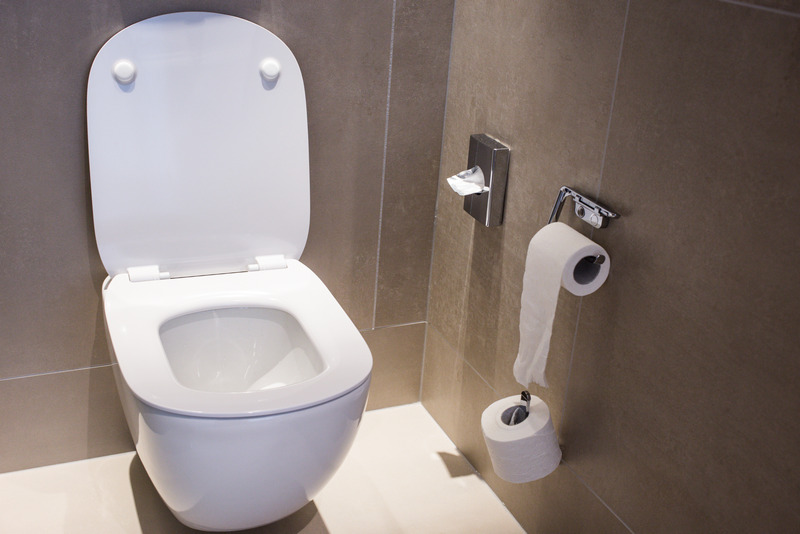A toilet that flushes too slowly can be more than just a minor inconvenience. It can be a sign of underlying issues that might require professional attention. Understanding when to attempt a slow flushing toilet fix yourself and when to call a plumber is crucial to avoiding bigger problems down the line. Here’s a guide to help you determine when it’s time to seek professional help for your toilet issues.
1. Identify the Symptoms
A slow-flushing toilet is often characterized by a weak flush that struggles to clear waste effectively. If you find yourself having to flush multiple times or noticing that the water level rises higher than usual before it eventually drains, these could be indicators of a problem. Observing these signs can help you decide whether a DIY fix might suffice or if “professional toilet repair services near me” are needed.
2. Check for Simple Fixes
Before reaching out to a plumber, consider these basic troubleshooting steps:
- Inspect the Flapper: The flapper in your toilet tank controls the flow of water from the tank into the bowl. If it’s worn out or not sealing properly, it can affect the flushing performance. Ensure the flapper is in good condition and properly aligned.
- Examine the Tank Water Level: The water level in the tank should be about an inch below the top of the overflow tube. If it’s too low, the flush may be weak. Adjust the float mechanism if necessary to achieve the correct water level.
- Clear the Rim Jets: Over time, mineral deposits can clog the rim jets (the small holes around the edge of the toilet bowl). Use a small brush or a wire to clean these jets and improve the flush.
3. Consider Possible Clogs
A partial clog in the toilet or the drain line can cause slow flushing. If you suspect this is the issue, try using a plunger to clear any obstructions. If the plunger doesn’t resolve the problem, a toilet auger (also known as a closet auger) might be necessary to reach deeper clogs. However, if you’re unable to clear the blockage yourself or if the problem persists, it may be time to seek professional assistance.
4. Evaluate the Toilet’s Age and Condition
Older toilets can have performance issues due to wear and tear. If your toilet is quite old, it might be more prone to problems like slow flushing. In such cases, replacing parts or the entire unit might be more cost-effective than repeated repairs. If you’re considering an upgrade, a plumber can help you choose a modern, efficient toilet that meets your needs.
5. Assess the Plumbing System
Sometimes, slow flushing is a symptom of a larger plumbing issue. Problems such as low water pressure, pipe blockages, or issues with the sewer line can affect toilet performance. If you notice that other fixtures in your home are also experiencing slow drainage or flushing problems, it might indicate a more significant plumbing issue.
6. Signs You Need a Plumber
If you’ve tried the above steps and still have a slow-flushing toilet, or if you experience any of the following, it’s time to call a professional:
- Persistent Clogs: Regularly encountering clogs despite using a plunger or auger can indicate a deeper problem.
- Unusual Noises: Gurgling or other unusual sounds during flushing can be signs of plumbing issues.
- Water Backup: If you notice water backing up into the toilet or other fixtures, it’s a clear sign of a blockage or plumbing problem.
- Frequent Repairs: If you find yourself making frequent repairs or adjustments to the toilet, it’s often more efficient to consult a plumber.
For comprehensive toilet repair services, Valley Plumbing offers expert assistance to diagnose and fix any issues with your toilet. Our skilled plumbers can address everything from minor adjustments to major repairs, ensuring your toilet functions optimally.
7. When to Contact a Professional
If you’re uncertain about the problem or the DIY fixes aren’t working, contacting a professional plumber is a wise choice. At Valley Plumbing, our experienced team can provide a thorough inspection and identify the root cause of your slow flushing issues. For prompt and reliable service, contact us today.
A slow-flushing toilet can be a frustrating problem, but understanding when to attempt to fix yourself and when to call in a professional can help you resolve the issue efficiently. By following these guidelines, you can ensure that your toilet remains in good working condition and avoid potential disruptions to your plumbing system.


